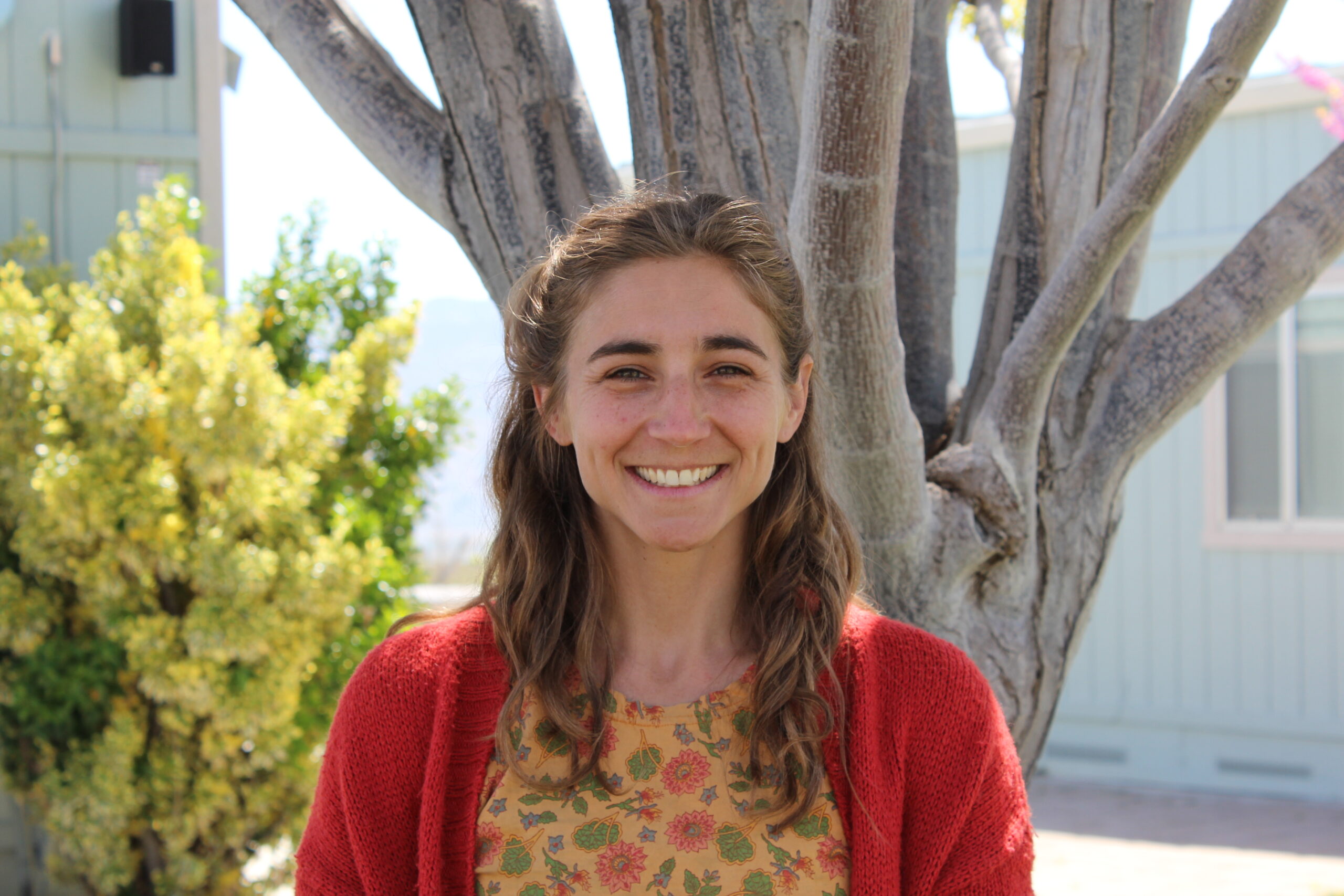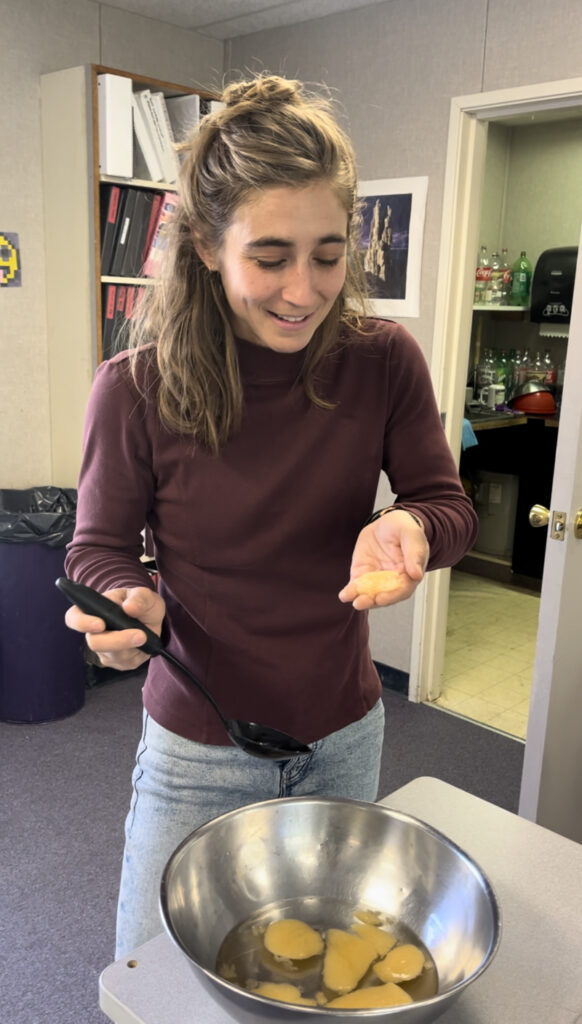Educating Tomorrow’s Minds: An Educator Spotlight on Elise Holston
Wayfinder Society is for environmental educators who believe in the power of collective action. It is an online platform hosting a robust offering of classroom and teaching resources that makes it easy for educators to create a fun, dynamic, and engaging classroom and to inspire their students through environmental awareness and action. Every other month, we highlight an educator in our network.

Elise Holston is a science teacher at Palisade Glacier High School in Big Pine, California. As a continuation high school, this is a school for students who need an alternative setting to successfully complete their high school career. Every year as part of their curriculum, Ms. Holston leads her students through a 6-week plastics unit that covers recycling (or lack thereof) of plastic, bioplastics, microplastics, and plastic chemistry as a science unit.
The unit begins with students learning how to identify different plastics, while also comparing the chemistry of natural and synthetic materials. Once a foundational understanding is built on plastic as a material, she begins teaching about their plastics recycling process in their rural county of Inyo, and compares their local system to larger counties, like Los Angeles and San Francisco.
To help students connect the dots even further during the unit, Ms. Holston leads a field trip to the local dump for students to see where their trash goes and how their local recycling system works. During the trip, she highlights the issues with plastic production and recycling, including the inefficiencies of plastic recycling in its current state and the global need to produce and consume less plastic overall.
As one could assume, this unit can be heavy for many students as they begin to comprehend this vast, complex issue of plastic pollution. For this reason, Ms. Holston is intentional to focus on fun solutions and alternatives to help channel potential feelings of anxiety into inspiration, creativity, and action. One such activity includes students creating their very own edible water bottles made of Calcium Lactate and Sodium Alginate. While she admits the water bottles have never turned out as good as the images, she finds this to be an impactful activity for students because it sparks a great conversation about what would make a successful product. Also, as part of this section, students research low-waste products that are available to them to decrease reliance on plastic packaging, including chewable toothpaste tablets, plastic free laundry detergent strips, reusable cutlery, and more.
The unit continues with students learning about bioplastics. Students create 8 different recipes and learn how different ingredients impact the qualities of the plastic. Then they test their bioplastics in a series of strength and feasibility tests. At the end of testing, students with the strongest, most flexible and most stretchy bioplastics, are given awards for their ingenuity. During this section, Ms. Holston is clear about some of the issues surrounding bioplastics, and how it is not a perfect solution to the problem, either. The unit ends with students learning about how plastic production impacts our world, both with the issues with fossil fuels and toxicity to our environment. A large focus is on microplastics, with a guest microplastic scientist visiting class to share their knowledge and for students to ask questions about their experience researching this issue.
Ms. Holston’s approach to plastics education encourages students to think about the entire lifecycle of plastics – from extraction to final disposal – through a diverse array of activities, lessons, and experiences. From field trips to experiments to worksheets, each part connects to and builds off previous lessons to ensure students understand this complex, and sometimes hard to understand, issue.
Thank you to Mrs. Holston for providing such quality education to her students and for preparing the next generation to be thoughtful stewards of our ocean, land and waterways.

Students testing the strength of their bioplastics they made as a class project.

Ms. Holston trying an edible water bottle (made from Calcium Lactate and Sodium Alginate) that her student made.
